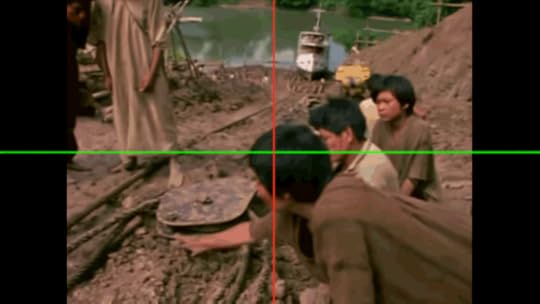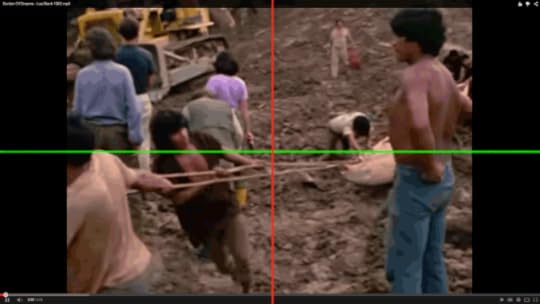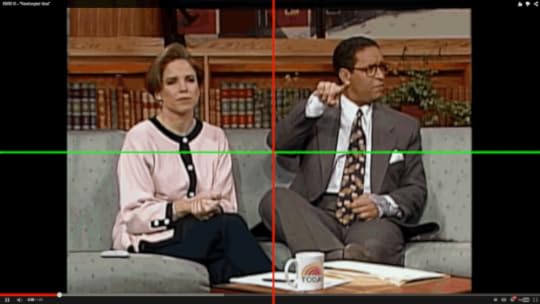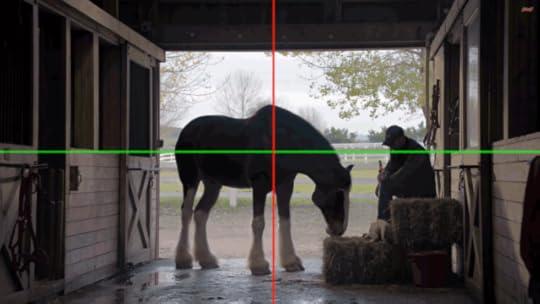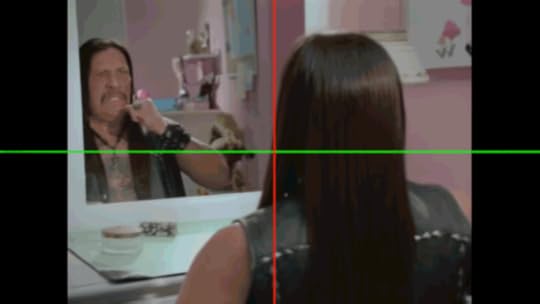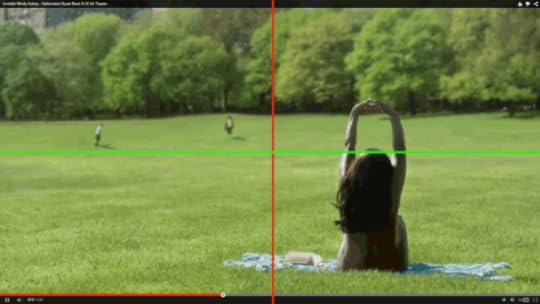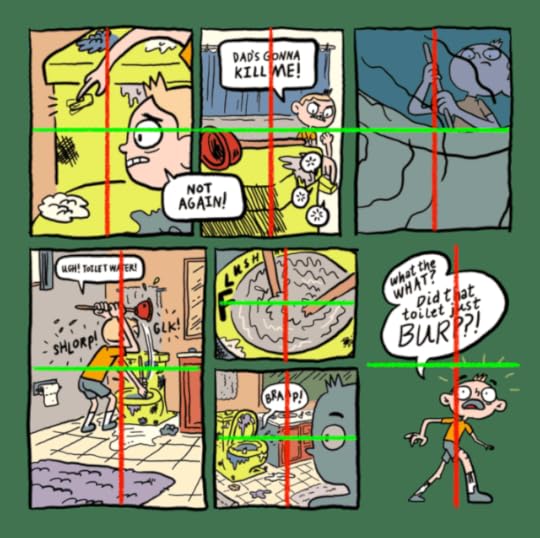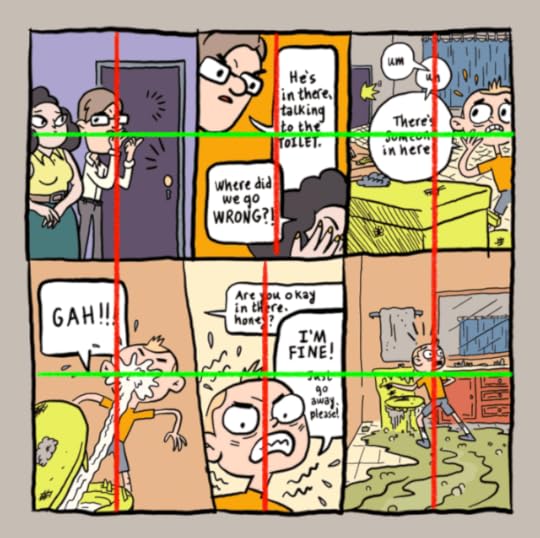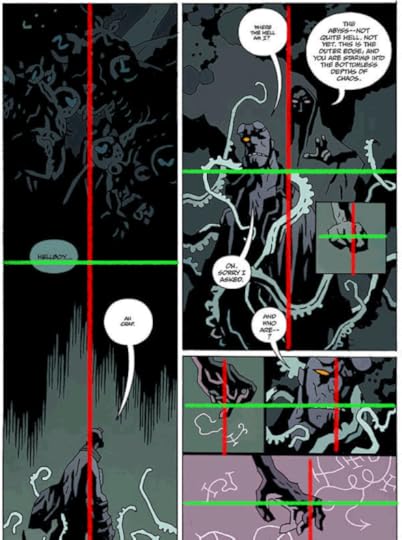Using “Quadrants” in Design
Quadrants
Writer/Collaborator/Sasquatch Dave Scheidt posted a link to this article from nofilmschool yesterday, which talks about using “quadrants” to compose frames in film.
This was the first I’d ever heard the term “quadrants” in relation to composition (though there’s plenty out there on the “Rule of Thirds”), so I checked it out. I nearly clicked away during the first bit, but I’m glad I stuck around for the rest. Here’s the video:
Cool, right?
While quadrants are one of many tools available to a compositional toolbox, I think it’s worth looking into a bit more.
Team & Time
Nofilmschool uses the movie Drive to illustrate the quadrant method. It’s worth noting that Drive is a major motion picture, and each shot went through a visual development team that defined the look, tone, and composition of each frame. In other words: the composition was planned ahead of time. The production team had the luxury of time and the insight of several individuals to decide how best to compose each shot for each scene. 
Burden of Dreams
I watched Werner Herzog’s Burden of Dreams, which is an unscripted documentary, lacking the pre-production planning and insight that must have gone into Drive. I was loving the act of mentally dividing the screen to note what was happening in each quadrant, and which quadrants were being left out. Would the empty quadrants be filled? Did they create a visual tension or a release? You bet! Check it out:
It’s really interesting to me to see how similar in composition these two shots are–especially the top-right quadrants. (I wonder if they are shot by the same cameraperson?)
Superbowl Commercials
Here are a few stills from some of the Superbowl commercials that I thought were worth noting:
(I hadn’t even noticed the cast on Bryant Gumbell’s arm until I looked at the clip in quadrants. I love their facial expressions right here, and how each quadrant is telling a different part of this story.)
(I like how weighted this is toward the lower-right. Each of the quadrants acts as a finger pointing to that last quadrant.)
(Oh, Nick Offerman. Does this shot make anyone else think of Wes Anderson?)
(I don’t even know what to say about this one, but it was a fun commercial.)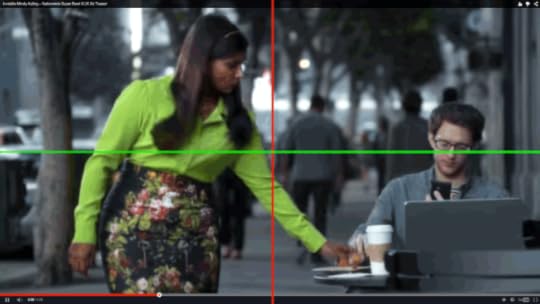
(This is one of my favorites. Just look at each quadrant as a different part of the story: 1) Mindy leans, focused on something outside her quadrant, 2) Man looking down, people walking in the background, 3) Mindy’s body, though leaning slightly, is still mostly moving forward, still in motion, 4) Mindy grabs the man’s pastry in a quadrant mostly occupied by other things. It’s great!)
(This is another favorite, also from Mindy’s commercial.) 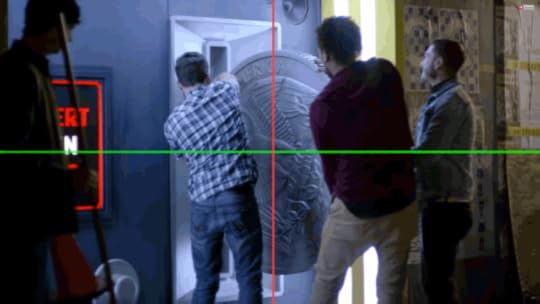
(Nothing fancy, but it gets the job done, focusing on the giant coin and slot.)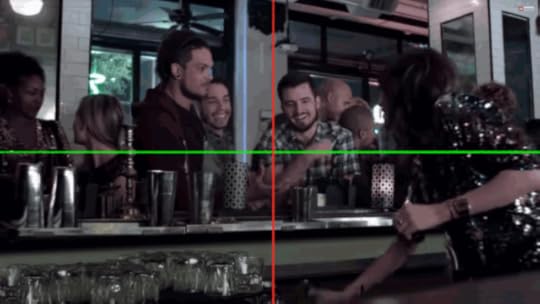
(Another good one, with a different part of the story emphasized in each quadrant.)
Comics
I’m not a filmmaker, but I thought it would be fun to test the quadrant method with some pages from my haunted toilet story from my Spooky Sleepover book with the hairy writer Dave Scheidt.
And why not test it against some pages from Hellboy in Hell and Prophet? They’re two of my favorite comics and should hold up, right?
Quadrant Method for Composition
It’s a fun exercise, observing a composition in terms of a top-bottom, side-to-side split. It’s a simple tool to enhance the strength of a composition on a page, within a panel, on film or tv, or in other images.
Try it! Just for fun: take a marker to an old magazine (or photocopies, or comics, or whatever) and divide the space into four quadrants. Find the purpose of each quadrant in telling the whole story and let me know what you find!


